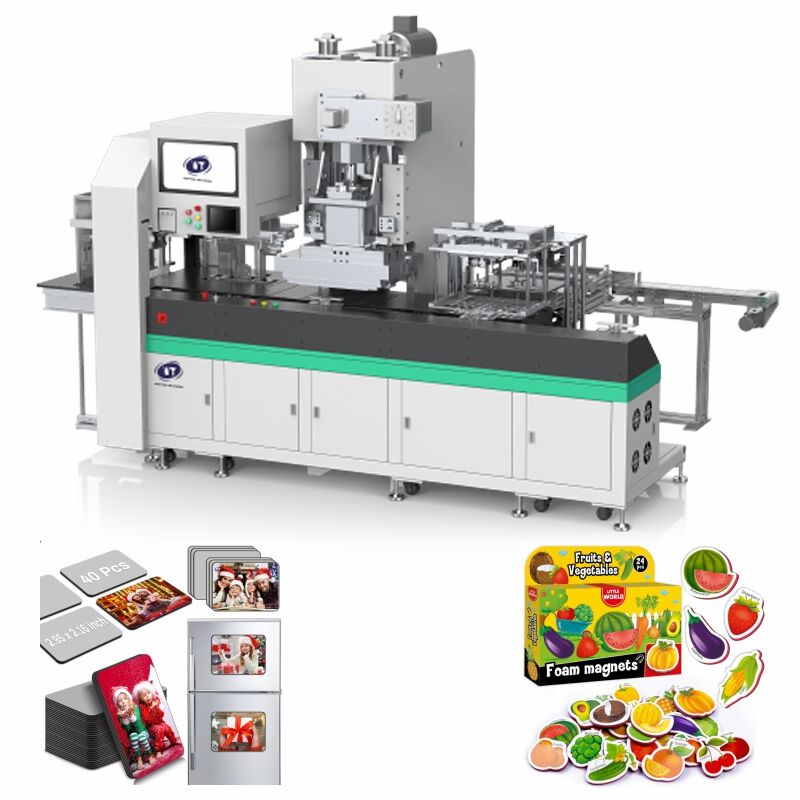As for die-cutting machines, the higher-grade ones add value in the areas of manufacturing and designing because they increase system productivity and accuracy. They are vital for industries such as packaging and textiles. This blog, as part of the course in business processes at the undergraduate level, discusses the functions, benefits, and other developments of sophisticated die cutting machines.
With time, technology keeps evolving. There used to be several steps in traditional die cutting processes that were carried out manually which are now automated for speed and precision. More sophisticated die cutting machines with Computer Numerical Control (CNC) technology are capable of performing complex cuts of designs that were only possible manually. This change helps streamline production, reduces material waste, and assists lower costs.
Different aspects can benefit from these machines and enhance customer satisfaction. Up to standard die cutting machines offer flexibility to customers as the mainstay cutoff. They work on a variety of materials including paper, cardboard, metal and even plastic. Custom product design, promotional materials and several other fields require this flexibility. Tailored solutions will enhance customer satisfaction and loyalty by improving customer expectations.
Also, the merging of technology with the die-cutting process led to the development of new innovations such as digital die cutting and laser die cutting. Laser cut die-cutting machines use precision blasting to minimize waste, as high-powered lasers etch out a part’s features. In digital die cutting, physical dies are eliminated which enhances the speed at which design alterations can be made for replicated units. These improvements, in particular, usefully expand the functionalities of die-cutting machines and also respond to market needs for customization.
Particularly as companies go through digital changes, the future of die-cutting technology is extremely promising. The connected devices of the smart manufacturing period known as Industry 4.0 will optimally enhance die-cutting procedures. By investing in more advanced die-cutting systems, companies become more agile in responding to market shifts and changes. Coupled with the growing emphasis on sustainable practices, this will strategically encourage manufacturers to create new materials and processes needed, driving advancements in die cutting technology.
In essence, the achieving full integration of sophisticated die cutting machines within the technology system of a business automates improve accuracy, dependability, flexibility, and efficiency of the die cutting processes. Other sectors will be impacted more deeply with the ever growing technology in the near future. These businesses that incorporate these advancements will better their productivity will certainly gain in this continuously changing market.


